Washington’s Tunnel 5 Fire
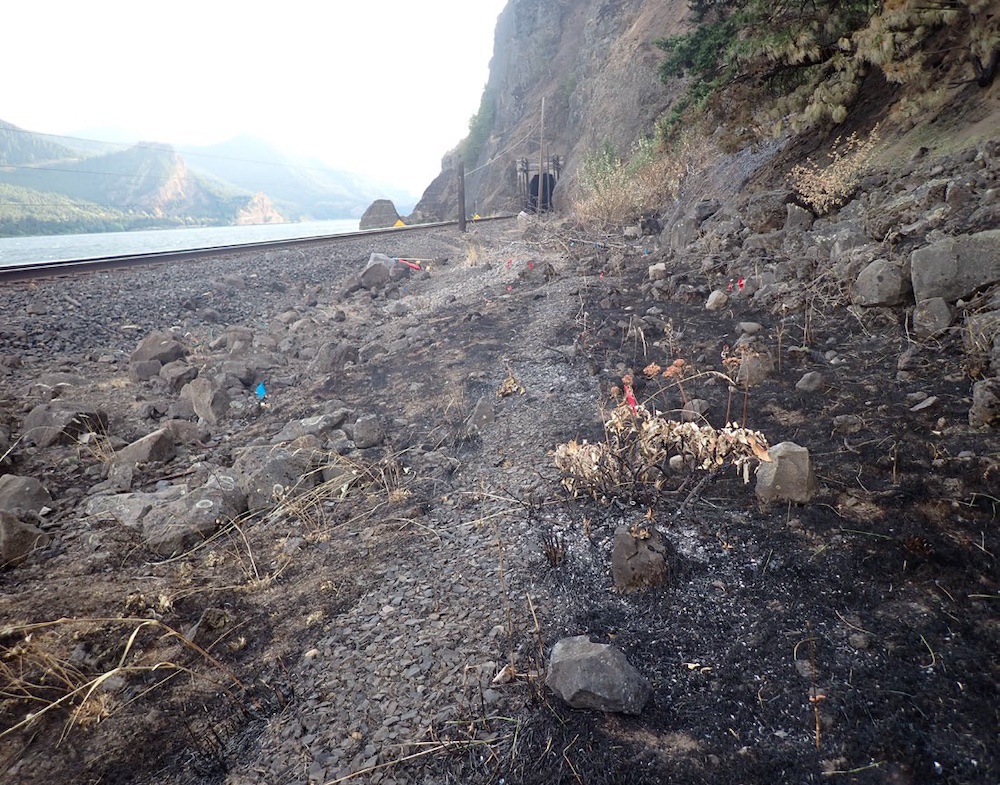
SKAMANIA COUNTY, Wash. — In a preliminary report initially obtained by the Columbia Insight, later acquired for Trains News Wire, the Wildland Fire Investigation of the Washington State Department of Natural Resources has determined a BNSF Railway freight train as the main cause of the Tunnel 5 Fire. As the name implies, the fire ignited on July 2, east of the tunnel near milepost 70 which is part of the BNSF Fallbridge Subdivision. Over 500 acres, and ten [mostly private resident] structures within the Columbia River Gorge National Scenic Area were reported to have been destroyed by the blaze which was contained on July 14, 2023.
DNR investigator Bruce Long reports recovering metal debris and diesel engine carbon emission particles within the specific origin area on July 3. “I later learned from the BNSF that these shiny metallic looking pieces were a solid polymer lubricating pad which rubs against the moving train wheels and is manufactured by MPLTECHNOLOGY.com.”
The investigation’s witnesses included a father and son who were train-watching the subdivision during the morning of the fire and photographed a 12-to-15-car freight train, led by GP38-2 No. 2322 and GP39-3 No 2600, reportedly westbound from White Salmon to Vancouver, Wash. The report’s conclusion/findings indicated the train traversed the area at approximately 10:53 to 11:00 a.m., the fire was then reported to 911 at 11:17 a.m. In a testimony by the father whose an engineer for the Union Pacific Railroad, “the green and white engine (No. 2322) was possibly more than 40 years old, was likely non-turbocharged,” as read in the report. “In his [the father] experience with Union Pacific (UP) this green and white engine is not commonly used on open tracks in the Columbia River Gorge area.
“Being a non-turbocharged engine, it has a high likelihood of emitting diesel carbon emissions from the exhaust which could start a fire.”
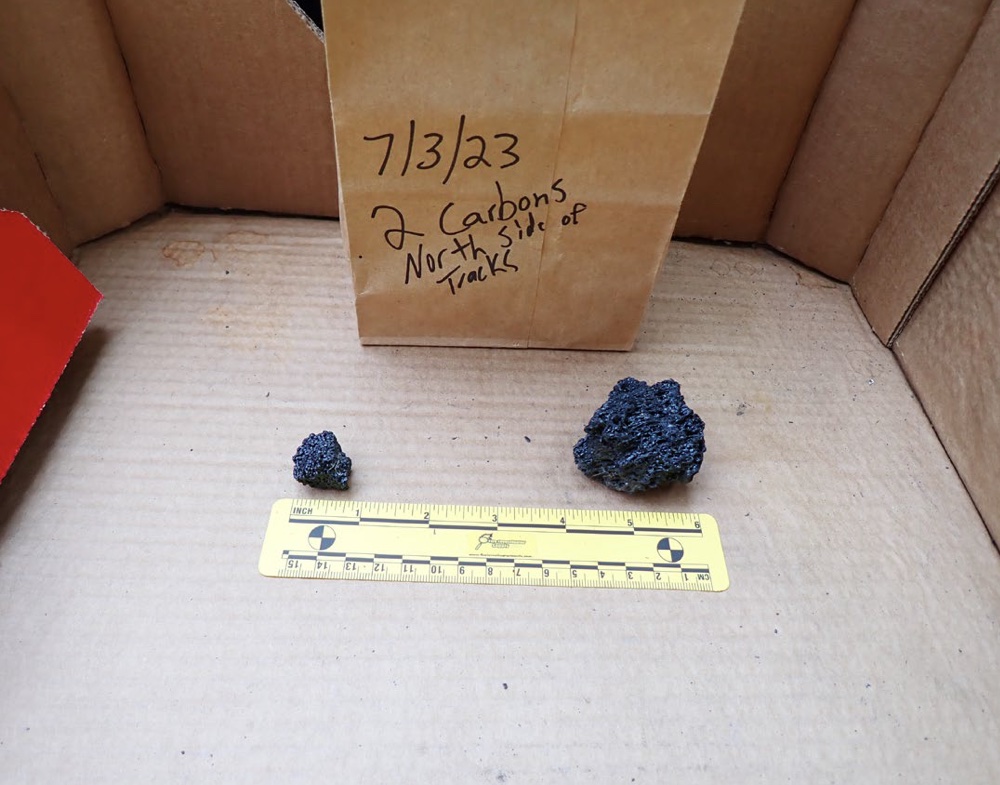
The hypothesis developed based on the evidence gathered and witness testimonies indicated, “WB BNSF engines #2322 and #2600, pulling 12 to 15 loaded cars, emitted something which started 3 fires within the origin area along the North side of the BNSF tracks near RR MP 70. Receptive fuels growing in soil along the tracks consisting of seasonally dry grass and small brush growing in the origin area just North of the North rail was ignited in 3 areas by the emitted object(s).”
Additional witness statements along with camera footage from Amtrak’s westbound Empire Builder on June 27 led to the investigation of two minor ignitions in the area, which both took place within a week prior to the Tunnel 5 Fire. “Additionally, BNSF track maintenance activities had ignited two other fires in the same vicinity just 5 and 8 days earlier,” as described in the report’s conclusion/findings. “These two track maintenance fires occurred during hours of darkness when temperatures would have been cooler and humidity higher.
“A localized fire danger along the tracks in this general area should have been known to BNSF.”
While the report was approved by the DNR on Aug. 25, supplemental reports may follow. The Tunnel 5 Fire is still under investigation, according to the Columbia Insight.






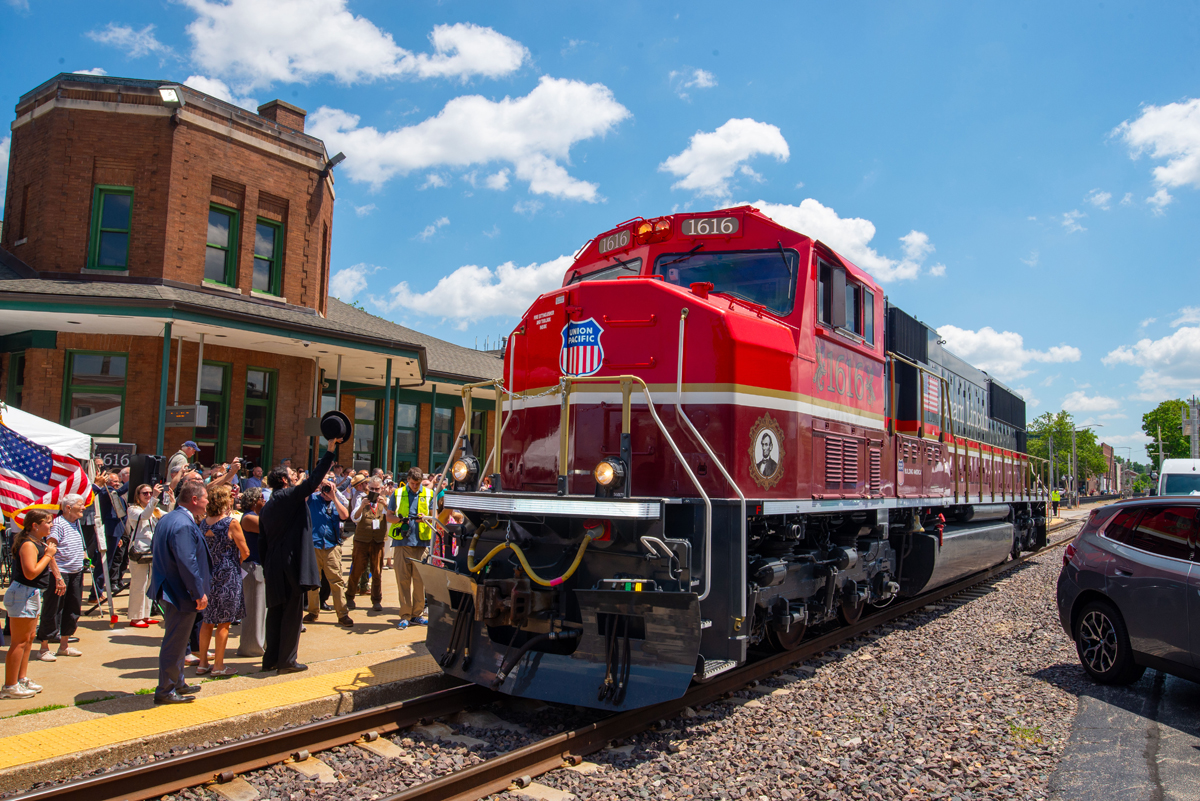
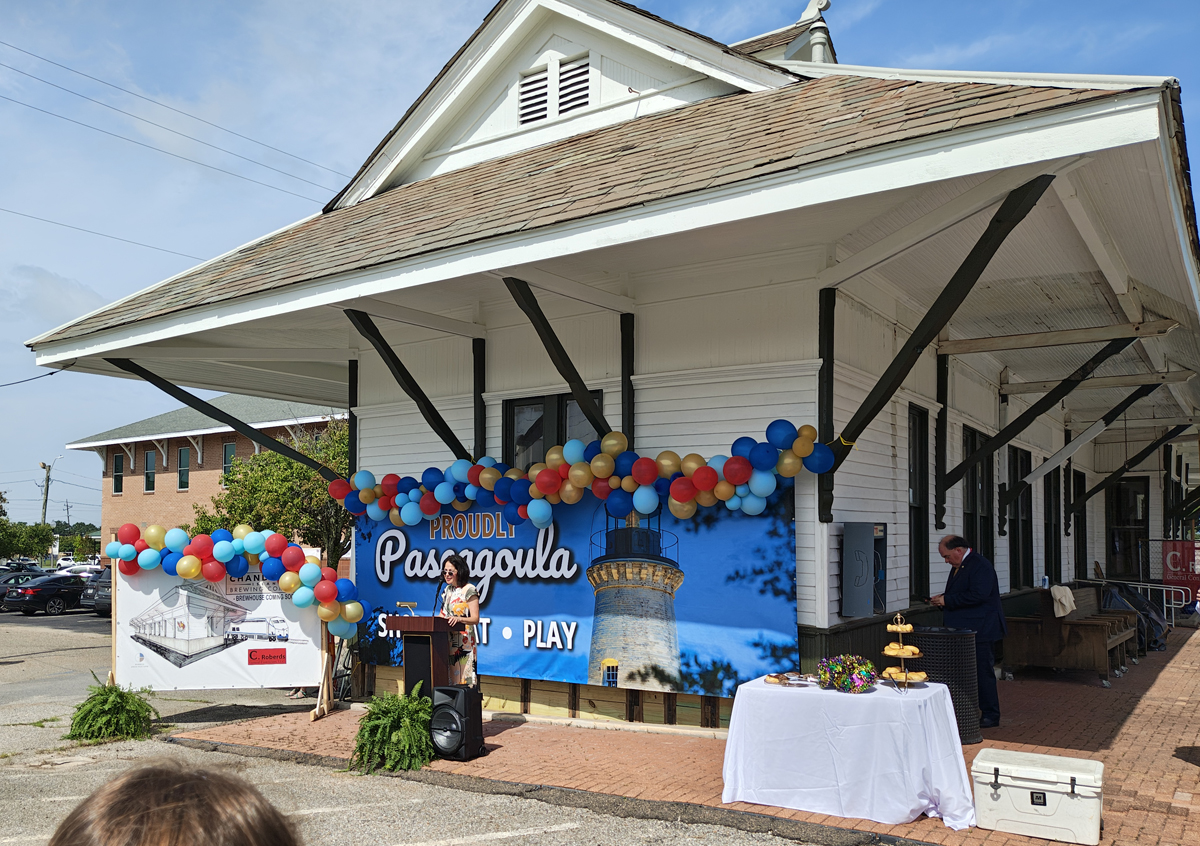
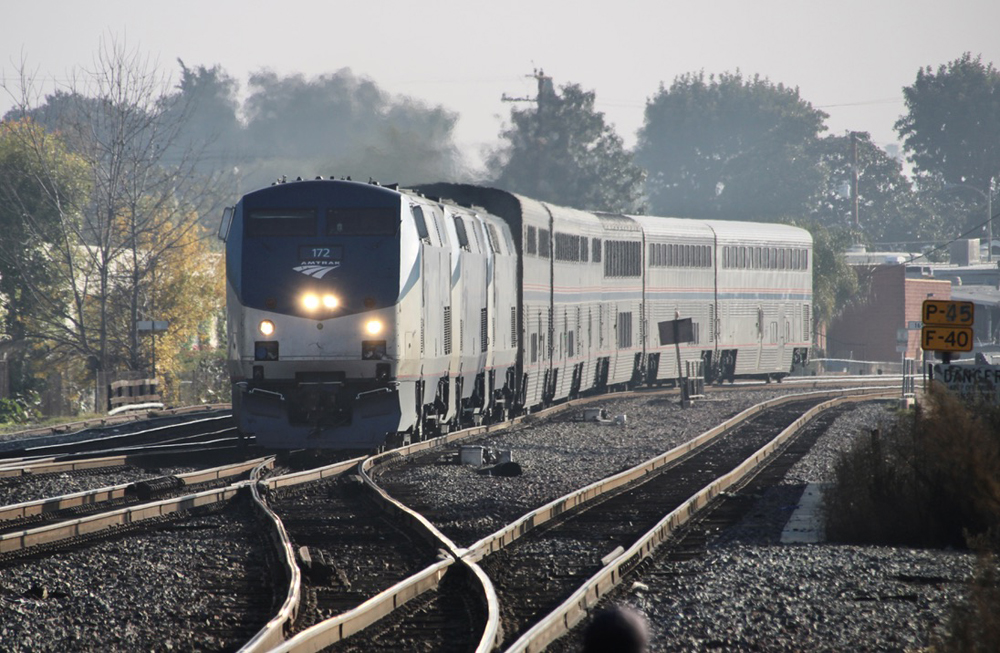
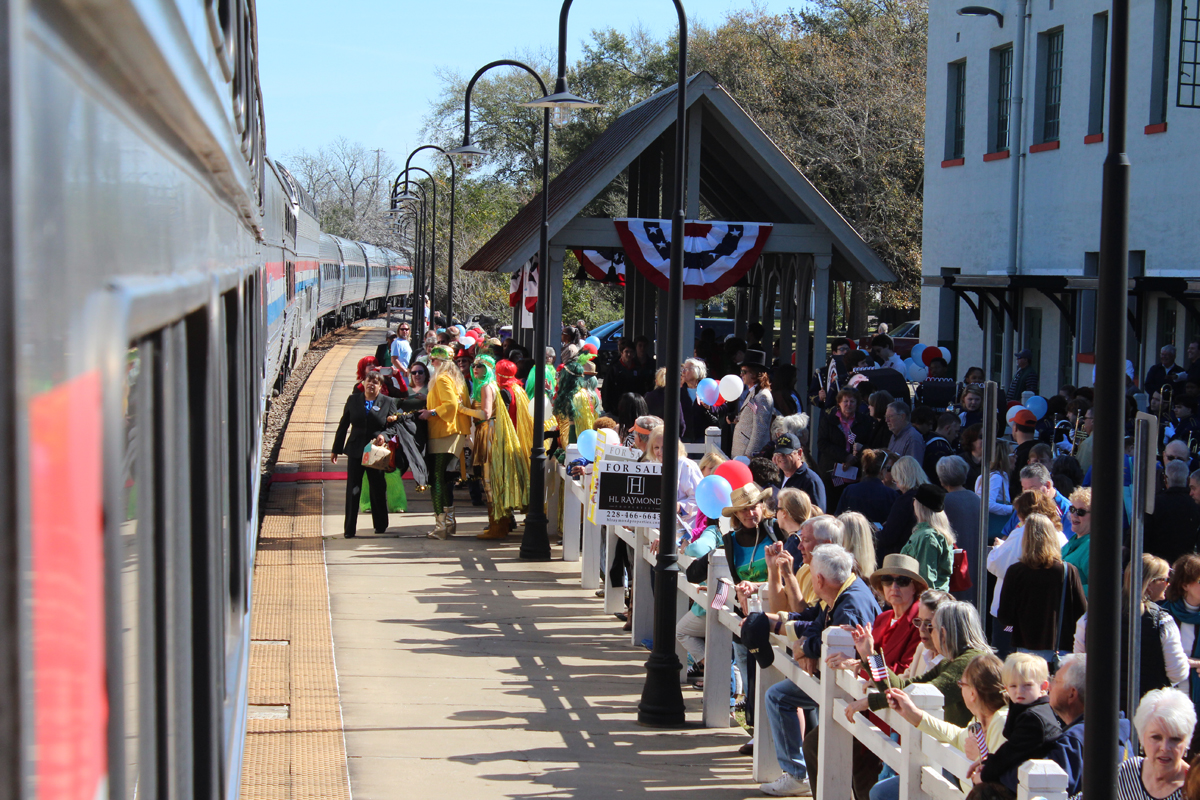




In 38 years on the railroad, I’ve never seen carbon chunks that big come out of an engine, even on the load box. Never seen carbon that thick inside stacks or exhaust chambers, at least not on EMDs, we didn’t have GEs then so I can’t speak about them.